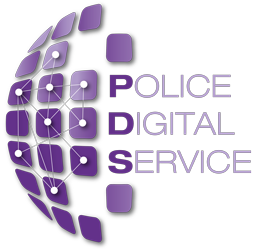Search - National Standard Microsite
ISO/IEC 27002:2013 IT Security techniques - Code of Practice for Information Security Controls

ISO/IEC 27002:2013 IT Security techniques - Code of Practice for Information Security Controls
This document informs the implementation of controls within an information security management system based on ISO 27001.
ISO (the International Organisation for Standardisation) and IEC (the International Electrotechnical Commission) form the specialised system for worldwide standardisation. National bodies that are members of ISO or IEC participate in the development of International Standards through technical committees established by the respective organisation to deal with particular fields of technical activity. In the field of information technology, ISO and IEC have established a joint technical committee, ISO/IEC JTC 1.
This International Standard is designed for organisations to use as a reference for selecting controls within the process of implementing an Information Security Management System (ISMS) based on ISO/IEC 27001. It can also be used as guidance for implementing commonly accepted information security controls.
All types of organisations including public and private sector, commercial and non-profit organisations collect collect, process, store and transmit information in many forms including electronic, physical and verbal and therefore the value of information goes beyond the written words, numbers and images. Knowledge can also be intangible such as concepts, ideas, knowledge, brands, reputation – these are all forms of intangible information. As a result vital information can be very valuable to an organisation’s and as such deserves and require protection against various hazards.
Therefore it is essential that an organisation identify its security requirements by 1. Assessing risk 2. Observing all statutory, regulatory and contractual requirements that an organisation has to satisfy 3. Setting principles, objectives and business requirements for information handling, processing, storing, communicating and archiving that an organisation has developed to support its operations.